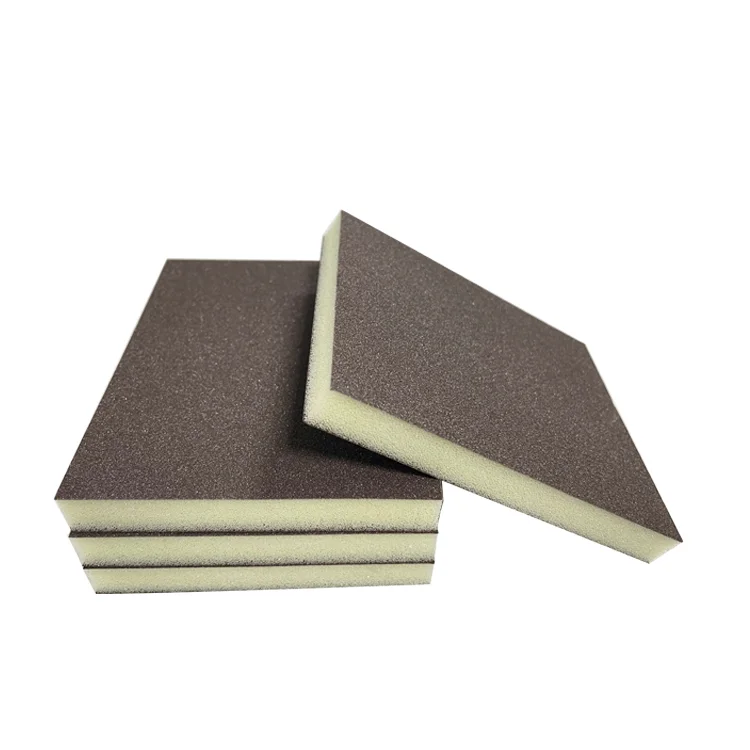
In the world of beauty and personal care, the question of durability often arises when considering cosmetics. Are they durable goods that can withstand the test of time, or are they non-durable goods that require frequent replenishment? This blog post aims to delve into this intriguing topic, exploring the factors that determine the durability of cosmetics and shedding light on their longevity in the market.
- Understanding Durability in the Cosmetics Industry:
1.1 Definition of durable and non-durable goods:
- Durable goods: Products designed to last for an extended period, typically more than three years.
- Non-durable goods: Products with a shorter lifespan, usually consumed or replaced within three years.
1.2 The classification challenge:
- Cosmetics often fall into a gray area between durable and non-durable goods.
- Factors like formulation, packaging, and intended use influence their classification.
- Factors Influencing Cosmetic Durability:
2.1 Formulation and ingredients:
- The quality and stability of ingredients impact the shelf life of cosmetics.
- Preservation systems and antioxidants play a crucial role in extending durability.
2.2 Packaging and storage:
- Proper packaging prevents contamination and degradation of cosmetics.
- Factors like air exposure, light, and temperature affect their longevity.
2.3 Intended use and application:
- Cosmetics designed for daily use, such as skincare products, may have shorter lifespans.
- Occasional-use items like special occasion makeup tend to last longer.
- The Shelf Life of Cosmetics:
3.1 Regulatory guidelines:
- Regulatory bodies provide guidelines for determining the shelf life of cosmetics.
- Period-after-opening (PAO) symbols indicate how long a product remains safe to use after opening.
3.2 Common shelf life durations:
- Skincare products: 6 months to 2 years.
- Makeup products: 6 months to 2 years.
- Fragrances: 1 to 3 years.
- Maximizing Cosmetic Longevity:
4.1 Storage tips:
- Store cosmetics in cool, dry places away from direct sunlight.
- Avoid exposing them to extreme temperatures or humidity.
4.2 Proper usage and hygiene:
- Follow recommended application techniques to prevent contamination.
- Regularly clean brushes, sponges, and applicators to maintain product integrity.
4.3 Monitoring product changes:
- Observe changes in color, texture, or scent, as they may indicate product deterioration.
- Dispose of expired or compromised cosmetics to avoid potential adverse effects.
Conclusion:
The durability of cosmetics lies on a spectrum between durable and non-durable goods, with various factors influencing their longevity. Understanding the formulation, packaging, intended use, and shelf life guidelines empowers consumers to make informed decisions about their beauty products. By maximizing cosmetic longevity through proper storage, usage, and monitoring, individuals can ensure both the safety and effectiveness of their beloved cosmetics. Embrace the durability dilemma and make the most of your beauty investments!



